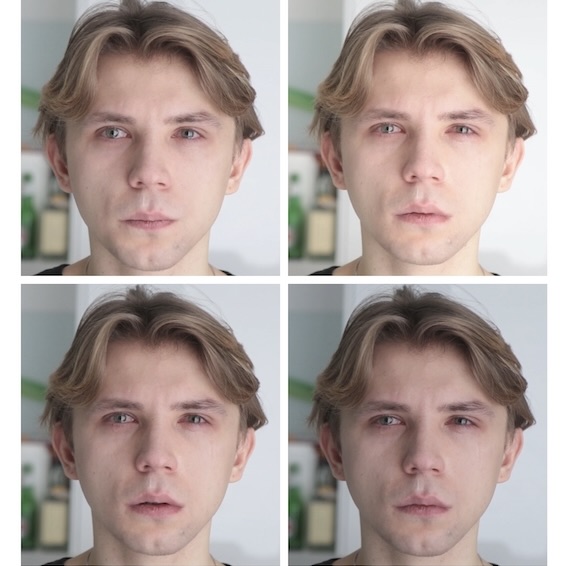Łukasz Horbów – I learned how to cry from Łukasz Horbów on Vimeo.

Almost all of us heard the words “stop crying” as a child, and surely every boy has heard “guys don’t cry” hundreds of times. William Pollock’s book “Real Boys: Rescuing Our Sons From the Myths of Boyhood” proves that boys in their infancy are usually more emotional than girls – they cry and scream more often. In contrast, four-five-year-old boys are less likely to show emotion and this is not caused by any biological differences between men and women. The problem lies in the culture. Throughout their childhood, boys hear how real men behave, and in adulthood they are still expected to be stereotypical masculinity, disregarding their sensitivity and showing their feelings. Hiding emotions can be clearly seen in pop culture, and above all in cinematography, where film characters become role models for most men. Hiding “unmasculine” emotions can lead to increased aggression and frustration or depression among men. While working on the project, I analyzed the filmography of a thousand of the most popular actors according to the IMDB portal. I found less than thirty scenes in which the face of a crying actor is fully visible. Why do men behave more aggressively than women when it is not biological? Why are they afraid of being compromised and why do they have to be tough? Why do they wear a macho mask? Why is anger the only emotion they can freely show, so the only emotion turns to be anger? It’s a crying-on-call performance in with I’m simply crying without restraint or covering up for the audience. complementing this performance is my video boys should cry. ARTIST’S WEBSITE
Łukasz Horbów is a visual artist born in 1995. His artistic practice revolves around sound, spatial activities and poetry. He graduated from Academy of Fine Arts in Warsaw, Poland and founder of Self-House Residency. His understanding of the world is tragic – concentrating around the vision of an alienated human, who gradually gains understanding of one’s dramatic circumstances. He identifies himself with this very figure, moreover it depicts broader coping mechanisms. Auto-reflection driven by fear forces people to behave and act in a way to preserve their existence. In his practice he thrives to tame his own as well as collective fear. He searches for its own unique language in the process. Importantly, in his work he uses underestimated, minimized techniques – such as use of fabric, ceramics, clay work or even folk singing.

